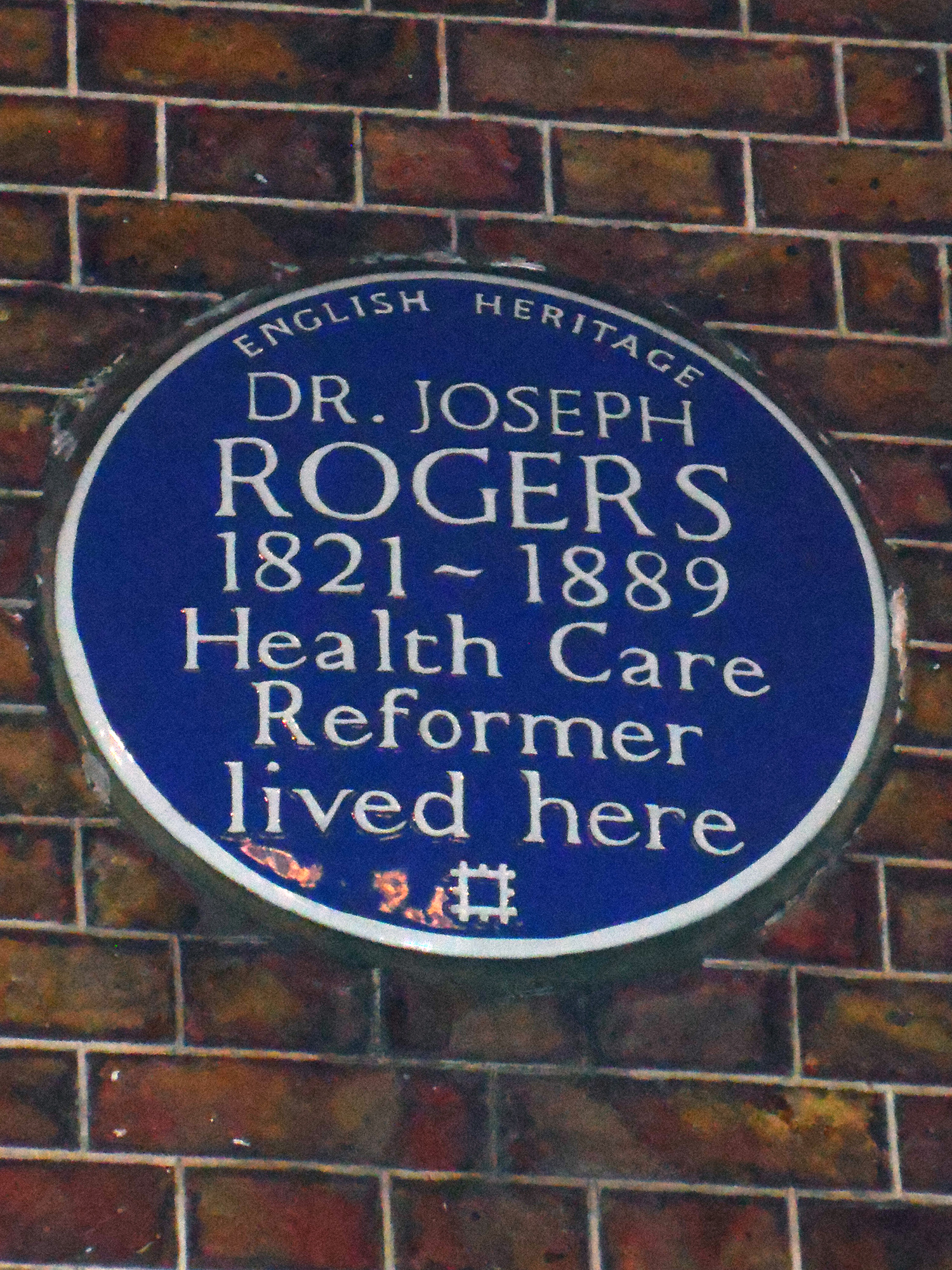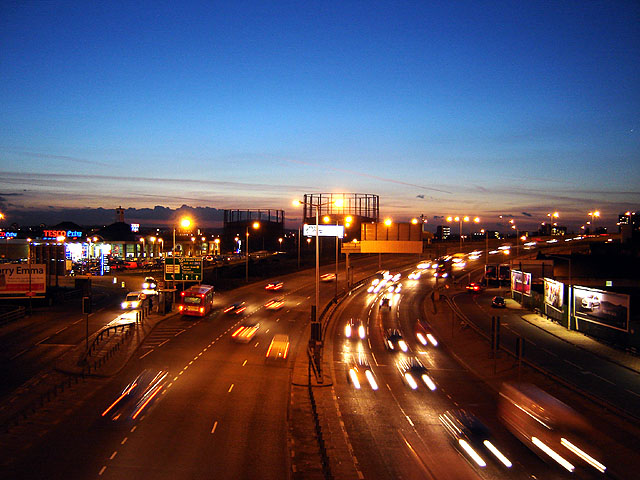|
Cleveland Street Workhouse
The Cleveland Street Workhouse is a Georgian property in Cleveland Street, Marylebone, built between 1775 and 1778 for the care of the sick and poor of the parish of St Paul Covent Garden under the Old Poor Law. From 1836, it became the workhouse of the Strand Union of parishes. The building remained in operation until 2005 after witnessing the complex evolution of the healthcare system in England. After functioning as a workhouse, the building became a workhouse infirmary before being acquired by the Middlesex Hospital and finally falling under the NHS. In the last century it was known as the Middlesex Hospital Annexe and the Outpatient Department. It closed to the public in 2005 and it has since been vacated. On 14 March 2011 the entire building became Grade II Listed. Development of the site began in 2019 by current owner University College London Hospitals (UCLH) Charity as a mixed-use development including residential, commercial and open space, but construction has been held ... [...More Info...] [...Related Items...] OR: [Wikipedia] [Google] [Baidu] |
Listed Building
In the United Kingdom, a listed building or listed structure is one that has been placed on one of the four statutory lists maintained by Historic England in England, Historic Environment Scotland in Scotland, in Wales, and the Northern Ireland Environment Agency in Northern Ireland. The term has also been used in the Republic of Ireland, where buildings are protected under the Planning and Development Act 2000. The statutory term in Ireland is "protected structure". A listed building may not be demolished, extended, or altered without special permission from the local planning authority, which typically consults the relevant central government agency, particularly for significant alterations to the more notable listed buildings. In England and Wales, a national amenity society must be notified of any work to a listed building which involves any element of demolition. Exemption from secular listed building control is provided for some buildings in current use for worsh ... [...More Info...] [...Related Items...] OR: [Wikipedia] [Google] [Baidu] |
Thomas Hardwick
Thomas Hardwick (1752–1829) was an English architect and a founding member of the Architects' Club in 1791. Early life and career Hardwick was born in Brentford, Middlesex the son of a master mason turned architect also named Thomas Hardwick (1725–98, son of another Thomas, 1681–1746, also a mason, who in 1711 left Herefordshire for Isleworth, where the family retained property, and moved to Brentford in 1725) who worked with the architect brothers Robert and John Adam on nearby Syon House between 1761–1767. Both father and son were associated with Syon from about the 1720s and employment continued until the early 19th century. The Hardwicks were one of the finest architectural families during the 19th century. Thomas Hardwick, his son Philip Hardwick (1792–1870), and then grandson Philip Charles Hardwick (1822–1892) each held the post of Surveyor to St Bartholomew's Hospital, London. In 1769, aged 17, he enrolled at the new Royal Academy Schools, where he stud ... [...More Info...] [...Related Items...] OR: [Wikipedia] [Google] [Baidu] |
Camden London Borough Council
Camden London Borough Council is the local authority for the London Borough of Camden in Greater London, England. It is a London borough council, one of 32 in the United Kingdom capital of London. Camden is divided into 18 Wards of the United Kingdom, wards, each electing three Councillor#United Kingdom, councillors. Following the 2018 Camden London Borough Council election, 2018 election Camden London Borough Council comprised 43 Labour Party (UK), Labour Party councillors, 7 Conservative Party (UK), Conservative Party councillors, 3 Liberal Democrats (UK), Liberal Democrat councillors and one for the Green Party of England and Wales, Green Party. One Labour councillor defected to the Greens in October 2021. The council was created by the London Government Act 1963 and replaced three local authorities: Hampstead Metropolitan Borough Council, Holborn Metropolitan Borough Council and St Pancras Metropolitan Borough Council. History There have previously been a number of local auth ... [...More Info...] [...Related Items...] OR: [Wikipedia] [Google] [Baidu] |
Joseph Rogers (physician)
Joseph Rogers (1821–1889) was an English physician and campaigning medical officer. Life The elder brother of Thorold Rogers, he was born at West Meon, Hampshire. For 40 years Rogers promoted reform in the administration of the Poor Law. Beginning a medical practice in London in 1844, he became supernumerary medical officer at St Anne's, Soho, in 1855, on the occasion of an outbreak of cholera. The following year he was appointed medical officer to the Strand workhouse. The conditions in the Strand workhouse had been found very bad by the future reformer Louisa Twining, when she visited in 1853. Rogers had the workhouse master George Catch removed, on the grounds that Catch had delayed calling a doctor for a woman in pain giving birth, to save money. In 1861 Rogers came before the select committee of the House of Commons, speaking on the supply of drugs in workhouse infirmaries, and his views were adopted. Much of the evidence on which Gathorne Hardy relied in pushing for th ... [...More Info...] [...Related Items...] OR: [Wikipedia] [Google] [Baidu] |
Hospital
A hospital is a health care institution providing patient treatment with specialized health science and auxiliary healthcare staff and medical equipment. The best-known type of hospital is the general hospital, which typically has an emergency department to treat urgent health problems ranging from fire and accident victims to a sudden illness. A district hospital typically is the major health care facility in its region, with many beds for intensive care and additional beds for patients who need long-term care. Specialized hospitals include trauma centers, rehabilitation hospitals, children's hospitals, seniors' ( geriatric) hospitals, and hospitals for dealing with specific medical needs such as psychiatric treatment (see psychiatric hospital) and certain disease categories. Specialized hospitals can help reduce health care costs compared to general hospitals. Hospitals are classified as general, specialty, or government depending on the sources of income received. A ... [...More Info...] [...Related Items...] OR: [Wikipedia] [Google] [Baidu] |




